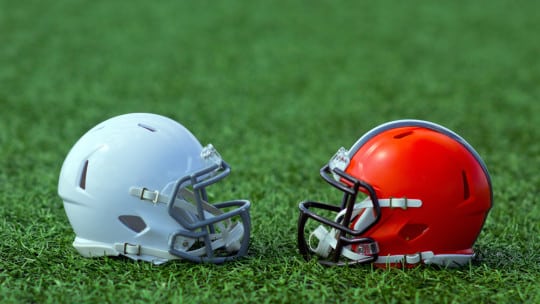
Given the rapid pace at which we digest and share information, expert crisis management is the best defense against a brand reputation meltdown. Managing and responding to the flow of news articles and social media posts harmful to a brand's reputation is a delicate craft, best handled by PR professionals with a balanced approach—neither dismissing the seriousness of claims, nor issuing a hasty apology that could come off as insincere.
Take Wells Fargo's bland, one-off apology and failure to immediately conduct its own investigation last year when its fake accounts scandal broke. Instead of showing the media and the public that the allegations were being taken seriously by its leadership, the company shifted responsibility onto 5,300 midlevel employees. The bank's handling of this crisis and subsequent federal investigation continue to make national headlines, and Wells Fargo will likely struggle to rebuild trust with its customers in years to come.
Register today for PR News' Crisis Management Boot Camp Feb. 23 in Huntington Beach, CA for a deep dive into crisis communications: Learn how to mitigate crisis situations by developing cross-departmental teams, build and maintain strong relationships with media and hear in-depth case studies on how crisis plans were developed.
At the other end of the spectrum, the NFL has faced criticism for its failure to address the health needs of its athletes suffering from post-game concussions and long-term brain damage. A class action lawsuit in 2012, as well as 2015's well-publicized "Concussion," a film about the NFL's attempt to suppress neuroscience research on players' head injuries, put pressure on the NFL to take action in the face of increasingly negative national headlines. After settling the 2012 lawsuits, the NFL pledged $100 million toward neuroscience research, as well as an additional $100 million toward concussion prevention and treatment in September 2016. These actions were well publicized by the NFL and its affiliated organizations, including the players' union, the NFL Player's Association. This balanced approach—both taking financial responsibility and making sure the public was fully aware of the organization's actions—was key to the NFL's and the NFLPA's navigation of the crisis.
One of the communications leaders responsible for the NFL Players Association's handling of the head injury crisis, George Atallah, assistant executive director of external affairs, spoke on social media crisis communications at PR News' Media Relations Conference in December. He noted the challenge of finding the balance between ensuring an issue "is getting the serious attention it deserves," and "not creating an unnecessary panic or hysteria among membership." Doug Simon, president and CEO of D S Simon Media, interviewed Atallah on his role in NFL's balanced approach to crisis communications following Atallah's session, below.
Follow George: @GeorgeAtallah
Follow Doug: @DSSimonDoug
